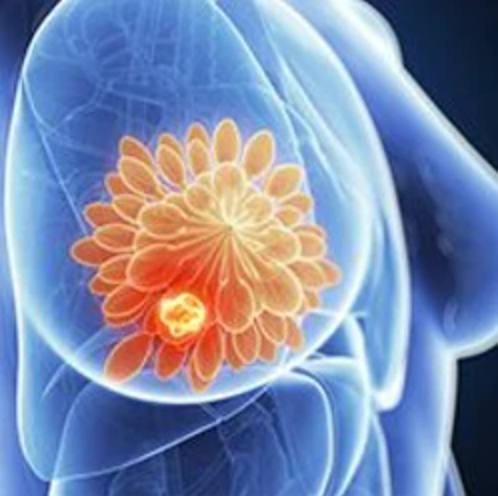Video
Dr Champ on Boost Radiotherapy in Breast Cancer
Colin E. Champ, MD, discusses findings from 2 clinical trials investigating boost radiotherapy plus whole breast radiotherapy following surgery in patients with ductal carcinoma in situ or early-stage breast cancer.
Colin E. Champ, MD, radiation oncologist, Allegheny Health Network, discusses findings from 2 clinical trials investigating boost radiotherapy plus whole breast radiotherapy following surgery in patients with ductal carcinoma in situ or early-stage breast cancer.
The TROG 07.01 trial (NCT00470236) evaluated the efficacy and safety of adding tumor bed boost following hypofractionation in patients with non–low-risk ductal carcinoma in situ who have received breast-conserving surgery and whole breast radiotherapy. This 4-arm trial randomized patients to receive a standard fractionation schedule of whole breast radiotherapy, a shorter fractionation schedule of whole breast radiotherapy, whole breast radiotherapy plus a tumor bed boost at a standard fractionation schedule, or whole breast radiotherapy plus a tumor bed boost at a shorter fractionation schedule. In this trial, the 5-year rates of freedom from local recurrence were 97.1% in patients who received a tumor bed boost vs 92.7% in those who did not receive a boost. These findings indicate that although radiation therapy alone is effective in this population, adding a tumor bed boost is also effective, Champ says. In TROG 07.01, patients who received a boost experienced higher rates of adverse effects (AEs), including a 14% rate of breast pain vs a 10% rate in the no-boost arms, Champ notes.
The phase 3 RTOG 1005 trial (NCT01349322) investigated hypofractionated whole breast irradiation with concurrent boost vs conventional whole breast irradiation plus sequential boost after lumpectomy in patients with high-risk early-stage breast cancer, who typically receive 3 weeks of hypofractionated whole breast irradiation followed by 4 to 5 days of a sequential boost, Champ explains. In this trial, the 5-year rates of in-breast recurrence in the sequential boost and simultaneous integrative boost arms were 2.0% and 1.9%, respectively, and the 7-year rates of in-breast recurrence were 2.2% and 2.6%, respectively. The incidence of grade 3 or higher AEs was also similar between the sequential boost and concurrent boost arms, at 3.3% and 3.5%, respectively. These findings indicate that patients who require a boost can safely receive it concomitantly with hypofractionated whole breast irradiation in the standard 3-week period rather than sequentially with radiation over a 4-week period, Champ concludes.









